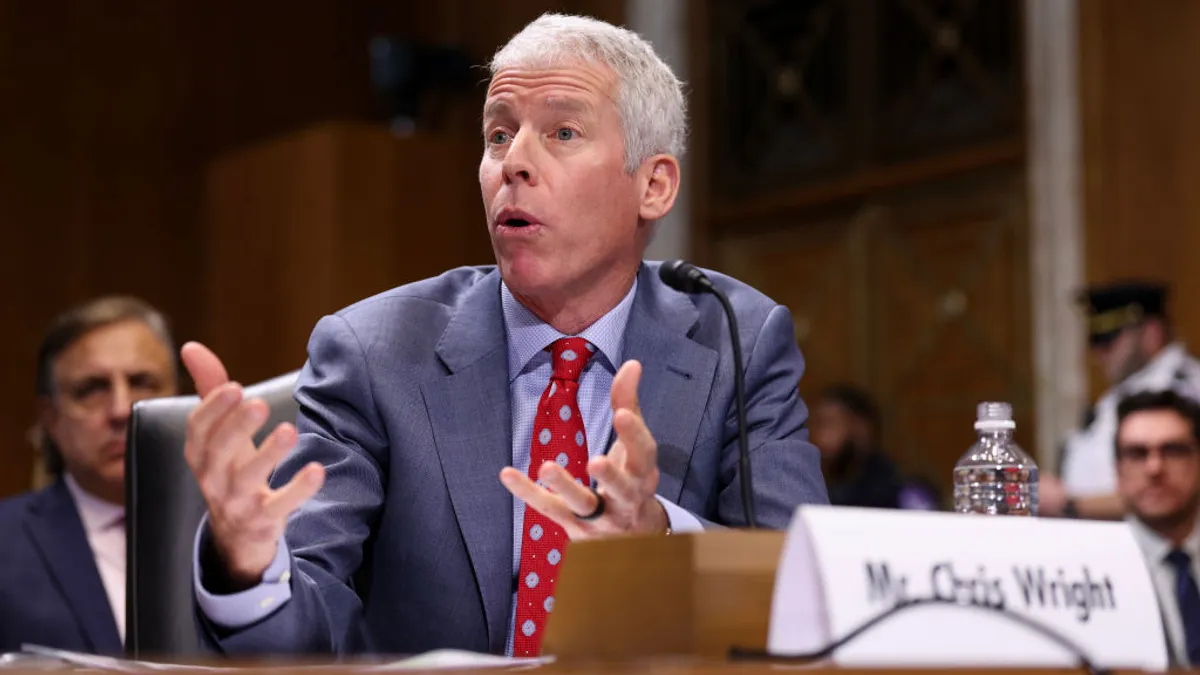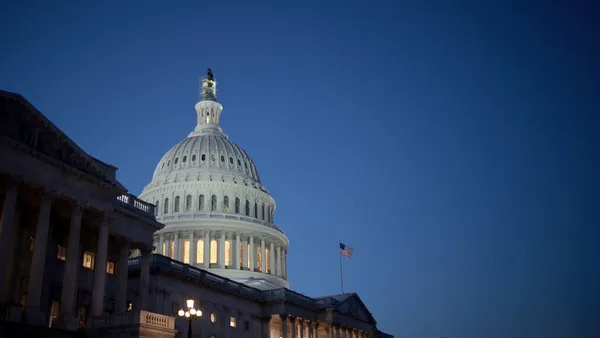Dive Brief:
- The Oregon Public Utilities Commission has pushed back the due date of a report on the state's solar industry and net metering issues, after a draft released last month sparked outrage by recommending net metering be phased out.
- The Portland Business Journal reports the PUC will now deliver its recommendations to lawmakers in late October; previously, the legislature had wanted the analysis delivered by Sept. 15.
- The draft report "was damaging to our industry," according to the Oregon Solar Energy Industries Association, which had called for clean energy supporters to demand a more thorough analysis.
Dive Insight:
Oregon has joined a growing list of states re-evaluating the net metering policy—a billing mechanism that credits rooftop solar users for the excess energy exported to the grid. But, as witnessed in high-profile debates in Arizona and Nevada, such moves are often met with resistance from the solar sector.
Oregon lawmakers appeared to have tried skirting around a possible tense debate last year by directing the PUC to develop a report on the state's solar policies, and make recommendations to allow the industry to grow in a sustainable way. But when the draft report came out last month, it recommended taking a "resource value of solar" approach, established in a docket opened last year. The docket will evaluate ten elements directly related to the cost of service to utility customers, according to the docket. But the commission thus far has declined to reveal what exactly those elements will be.
According to the Portland Business Journal, critics were concerned that the report's conclusions painted an overly bright picture for solar's progress and about the speed and process by which the document was being developed.
"The draft report was damaging to our industry and needed a strong response," Oregon Solar Energy Industries Association wrote in a note to supporters on its web site. "And respond you did. In addition to OSEIA’s comments, many OSEIA members called and sent e-mails outlining the potential negative impacts of the draft report’s recommendations.














